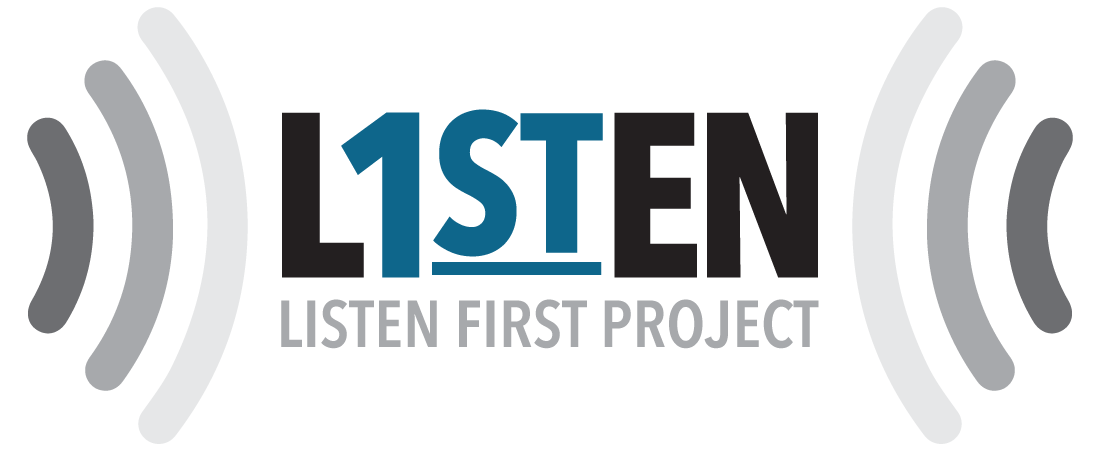Goals & Measures Working Group
Bridging Movement 3-layer Theory of Change developed by Goals & Measures
Layer 1 - Field Capacity: Strengthen the bridge-building field
Footprint: Increase the aggregate paid and volunteer headcount of bridge-building organizations.
Diversity: Increase the diversity of bridge-building staff such that it becomes fully reflective of the demography of the United States in terms of ideology, race, income, education, and age.
Effectiveness: Increase the number of bridge-building organizations that produce and publicize evidence-based outcomes.
Funding: Increase aggregate annual funding for bridge-building organizations.
Layer 2 - Broad Mobilization: Mobilize target sectors and audiences
Sector Adoption: Increase reported adoption of bridge-building practices in these priority sectors and others:
Higher education
Faith communities
Business & workplaces
Federal, state, and local legislatures
Community Adoption: Increase geographically-based bridge-building efforts.
Individual Adoption: Increase the number of Americans reached by one or more bridge-building organizations / interventions.
Layer 3 - Societal Conditions: Shift social norms at scale
Affective Polarization: Increase Americans’ positive feelings towards people and groups of different political perspectives and decrease Americans’ belief that those in the opposing party are a “serious threat” or “clear and present danger” to America and its people.
Cohesion & Collaboration: Increase the share of Americans who describe the country as united versus divided; increase adoption of collaboration as a societal and institutional norm for solving national, state and local problems.
Political & Hate-Fueled Violence: Reduce public acceptance of violence to thwart “others’” political gains and reduce the share of Americans who believe violence against the government can be justified. Reduce incidence of hate-fueled violence, hate speech and hate crimes; reduce membership in groups supporting violence.
Agency & Belonging: Increase Americans’ reported feeling of inclusion and acceptance in their local community, institutions and the country, as well as their experience that they have the power and voice to have a meaningful impact.
Social Cohesion Impact Measurement (SCIM)
One of the first innovations of the Goals & Measures Program launched from this Working Group is the Social Cohesion Impact Measurement (SCIM). With significant investment by Civic Health Project, partnership with leading academic scholars, and input from dozens of bridging organizations, SCIM was designed to scientifically measure the impact of bridging interventions on participants via rigorous pre and post experience surveys. SCIM has now been piloted by dozens of bridging organizations who adapt it to focus on the outcomes of greatest interest to them. Outcomes measured by SCIM include Affective Polarization, Intellectual Humility, Intergroup Empathy, Pluralistic Norms, Humanization, Moral Outrage, Value Listening, Respect / Understanding, Perceived Threat, Anger, and Identity. We are continuing to establish and validate collectively-used metrics, benchmarks and targeted impacts reflecting academic and practitioner inputs as well as pilot learnings.
Charter
Establish collectively-used metrics, benchmarks and targeted impacts for the field.
2023 Accomplishments
Completed phase one of the project to establish the first set of baseline metrics
Incorporated those metrics into the SCIM tool
Continued to successfully drive growth in SCIM usage throughout the movement (numbers not available)
Completed version 1 of the Resource Hub, a source of information and tools for bridging orgs to capture data, learn best practices, etc.
Next Steps
The Goals & Measures Working Group will continue to enhance and advance our Social Cohesion Impact Measurement (SCIM), the validated tool designed by this working group during Phase I of the Goals & Measures Program. SCIM was developed as a field-wide tool to scientifically measure the impact of bridging interventions on participants via rigorous pre and post experience surveys. Our Working Group will encourage and assist BMAC members in the adoption of SCIM, as well as seek member input to advance Phase II of the program and encourage robust adoption. This will include
Continuing to encourage contributions to and use of the Resource Hub.
Scanning/polling the membership for “shovel-ready” projects relevant to Goals & Measures that could benefit the field.
Asking for input including testing of Phase II projects as funding becomes available and project choices are made.
Opportunities for BMAC Members to Contribute in 2024
Sign up for a 45 minute Zoom call to learn more about Goals & Measures and investigate the feasibility of using the SCIM tool for your work (WG: Goals & Measures)
Work with the Goals & Measures team to create a customized version of SCIM that your organization can use to measure impact of your programs (WG: Goals & Measures)
Participate in quarterly working group meetings to stay abreast of what is happening and how you can help (WG: Goals & Measures)
Enhance Goals and Measures Framework: Refining, piloting, testing (WG: Goals & Measures)
Field-wide socialization of Goals & Measures Framework (WG: Goals & Measures)
Advance field-based data: capture, organize, analyze and present (WG: Goals & Measures)
Co-Chairs
Kristin Hansen (Civic Health Project)
Mike Murphy (FixUS)
Get Engaged
Email Karissa@ListenFirstProject.org to explore supporting this working group and how to get involved.
